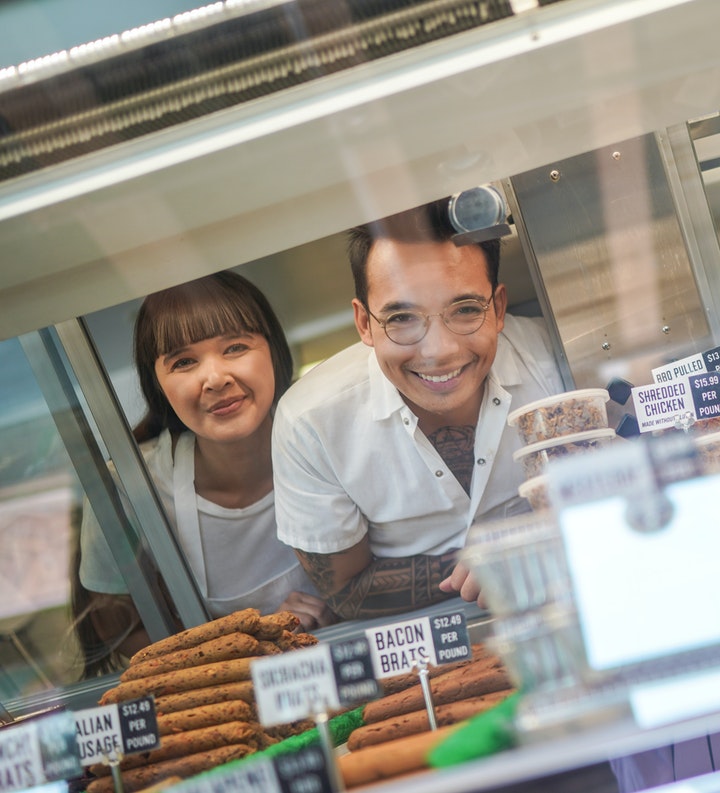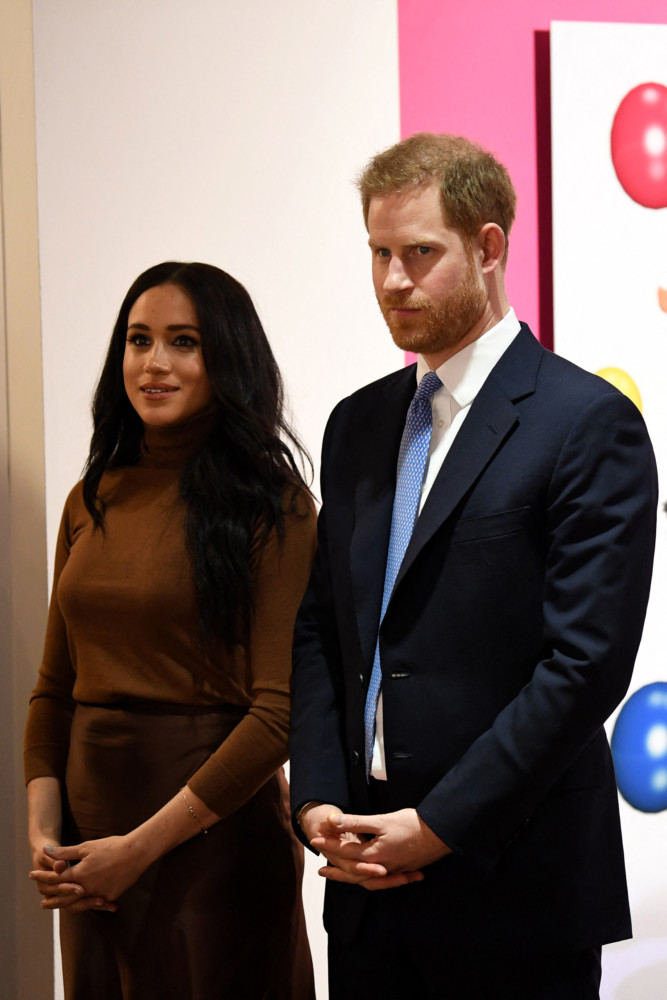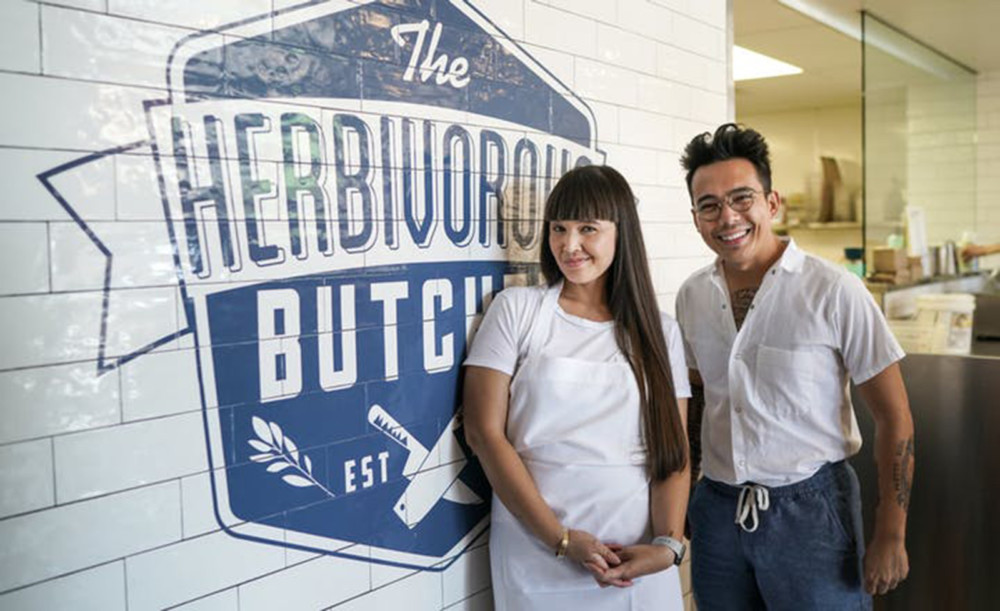By Shalisha Samuel
Caribbean News Now, Grand Cayman, Cayman Islands
What is intellectual property (IP)?
IP is an idea that has been transformed into sight, touch, sound and even smell which, when protected under law, grants exclusive rights to the creator/owner.
The painting in your head is simply an idea; the painting on a canvas may be your personal property, but like any other personal property, it can be taken/used without your permission. The painting on canvas, once exclusive rights are granted, is your intellectual property. Intellectual property grants legal ownership of intangible assets.
“Intellectual” because it is the creation of your intellect and “property” because it legally belongs to the creator/owner. In our knowledge-driven society, IP is intangible assets that are highly valued, while tangible assets such as machinery rapidly devalue over time. The first generation iPod has a low selling rate, but ownership in the iPod trademark has a high value.
The below beehive graph lists a number of IP categories. A product/service can attain protection in one or more of these areas. The length of protection varies according to the type of protection. Always bear in mind that these rights also vary according to jurisdiction, therefore, due diligence and research is paramount on your part as a business owner exploring new markets.
A simple way of understanding the sub-categories is with association of well-known products or services.
After viewing the beehive graph the below definitions should be easy to understand. Each protection grants an exclusive right to the creator to use/commercialise and to prohibit the unauthorized use by others.
Copyright: Protects literary and artistic works (books, films, songs, etc.) and computer/software programmes. Term of protection is life of author +50 years after death (in USA and Europe it is +70 years after death).
Trademarks: Protects distinctive signs (words, letters, designs, logos) used to identify a product or service. Term of protection is 10 years in most countries but can be renewed indefinitely. Failure to use a trademark can result in it being an obsolete/dead mark.
Patents: Protects new and innovative products or processes. Term of protection is 20 years.
Industrial Designs: Protects the physical/aesthetic appearance of a product. Protection is offered initially for 5 years, which can be renewed up to at least 10 years. Countries can therefore offer renewals up to 10 or 25 years for example — please check your local legislation/IP Office.
Geographical Indications: Protects products originating from a particular region/country in which factors unique to the production in the region/country (climate, soil or special skills of the people) speaks to the quality of the product. Examples are cognac from Cognac, France; Scotch whisky from Scotland and; Parmigiano-Reggiano (parmesan cheese) originating from a few select regions in Italy. This type of protection is offered on a collective and not an individual basis and therefore does not belong to a person or firm.
How is IP relevant to my business?
Businesses typically incorporate IP into their strategy and vision as the business matures or as a response to IP losses:
–A former employee is now bottling a pepper sauce that tastes just like yours because they know your secret ingredient (trade secret)
–A former freelance graphic artist is now selling your client’s artwork because she believes it is her right (copyright/trademark/industrial design)
Could these examples happen to you?
How can a trademark bring growth to my business?
Trademark: A Trademark is a sign or combination of signs (word, letters, design, logo) that distinguishes a product or service from others to avoid confusion and to increase recognition and competitiveness. It prevents others from selling or distributing a product or offering a service with a similar trademark that can mislead buyers. In filing your application, you must select the class of protection by firstly identifying whether your business provides goods or services and then selecting from the list in each category. Do you sell furniture (trademark) or do you simply set up furniture (servicemark)?
Three-step trademark strategy in starting or strengthening your business
1. Business Name / Registration
Your business name could ultimately be your trademark; therefore, thorough consideration of the name is critical in building your brand. Online research for checking whether your desired business name is not already in use is usually the first step. You can also visit the websites of countries that have online trademark databases such as the United States Patent and Trademark Office (USPTO) to carry out a simple search. The World Intellectual Property Organization (WIPO) also has an online database of trademarks that were registered internationally under the Madrid System(ASTERISK).
Additionally, translate the name, if possible, in other languages and dialects to avoid a business name that is offensive or the cause of stares and laughs. Chevrolet, for example, had trouble marketing their Nova vehicle in Latin America, because “no va” in Spanish means “it doesn’t go”.
Names incorporating the name of a town or neighbourhood may limit your reach to trade internationally. Once you have developed a brand in your home base, it is wise to continue using this brand, as you would otherwise have to rebuild brand recognition and regain customers.
Once you feel confident that your business name is unique, you can register the business name and receive approval. Please note that your registered corporate name does not have to be your brand or the name known to consumers.
You can start a company, “John Smith Investments Inc.” listing the sale of aromatherapy products as the nature of the business. JSI Inc. could own the trademarks to the various essential oil brands and products. If the brand fails, the company survives and creates another brand!
2. Logo
Avoid similar colour schemes, fonts, sizes and shapes as your competitor. Any design that may cause confusion would be difficult to register. Conduct research in prospective markets abroad. It would be obvious to some why a fast food restaurant should avoid entering the Barbados market with a purple and yellow colour scheme.
As an entrepreneur, you should have a vision for your business. In two years or three months, you may want to export your product or service to Canada but if you, as an advertising agency, bear the same or very similar name/logo/ unique colour scheme to an advertising agency in Canada, there may be a challenge in registration and chances are, the exclusive right to use the trademark, would not be granted.
3. Website
Your domain name should ideally be the same or at least a shortened version, of your brand/business name. Similar to determining the name for your business, you should visit websites of domain name providers to carry out a search on whether the name is taken. If your name is Junior and you make the best cheesecake in Dennery, St Lucia, you won’t be able to register juniorscheesecake.com as your domain name because the site is owned by a company that was established since 1950. A website is an important tool in promoting your brand/your business name, and therefore clearance should be made on the availability of a domain name prior to registering the business name. The content on your website is also protected by copyright. Overall, be creative — a unique name optimizes search engine results and would exclude unrelated results.
Some rules do apply
If you sell apples you cannot receive a trademark approval for “Apples Incorporated” because your company’s name cannot directly describe your product. Secondly, if you are an accountant, you cannot receive a trademark approval for “Accountants Inc.” because accounting is a general term that cannot be a trademark. “Samantha’s Yummy Apples” or “Joy’s Accountancy Firm” are both acceptable trademarks however.
Trademarks are territorial (governed by domestic laws); protection in Dominica does not equate to protection in Grenada. If you’re thinking ahead, you’ve guessed right — if you want to be protected in Grenada as well, you will have to visit the IP office there and apply for trademark protection. The Madrid System of WIPO provides a service to countries in which businesses can select up to 92 countries(ASTERISK) where they seek to have their trademark protected. Antigua and Barbuda is currently the only regional member of the Madrid Union, which allows for international registration of marks.
Registering your trademark locally usually involves registration, search, publication, agent and other fees. Call your local intellectual property office for a breakdown of the procedures and costs involved.
Move beyond protection to commercialization
Protection is the first phase of engaging your business with IP but, for it to stimulate growth, your IP should be commercialized. You can exploit the rights of a new device you developed by applying for and being granted a patent and then making the device available for sale, for example. Alternatively, you may license your new technology or smartphone application to a company with the budget to market and sell the product. If you’re a songwriter, you may license the use of the songs you wrote to a record label. A similar method is applied to well-developed brands that are franchises, for example Starbucks, Days Inn, Subway or KFC, where a franchise fee is paid for the use of the brand.
In essence, a well-managed IP portfolio makes your business more attractive to investors, as revenue is expected to flow from the exploitation of the company’s intangible assets.
Take action!
Have the conversation today with yourself, your mentor and your business partner(s) today to identify the IP assets of your company and determine how to protect them. Protection of assets is the first phase of a company incorporating IP in their business strategy. Maintenance involves the use of the brand and payment of renewal fees. Exploitation for commercialization is the optimal goal. Be mindful of the vision you have for the company and embrace the usefulness of acting now to establish a foundation for a competitive and sustainable business.
(ASTERISK) The Madrid Union has 92 member states as of October 14, 2013.

















































































































































































































































































































































































